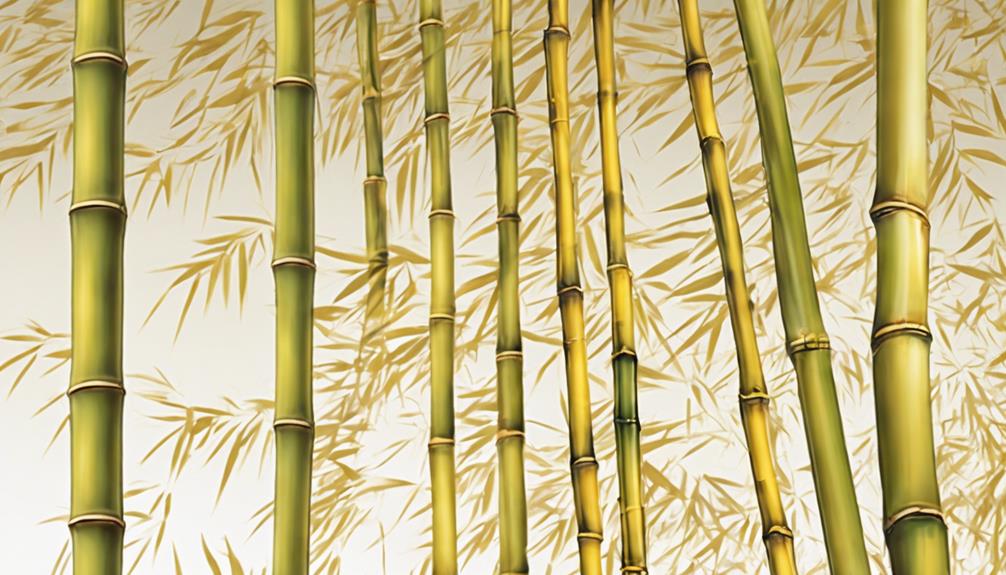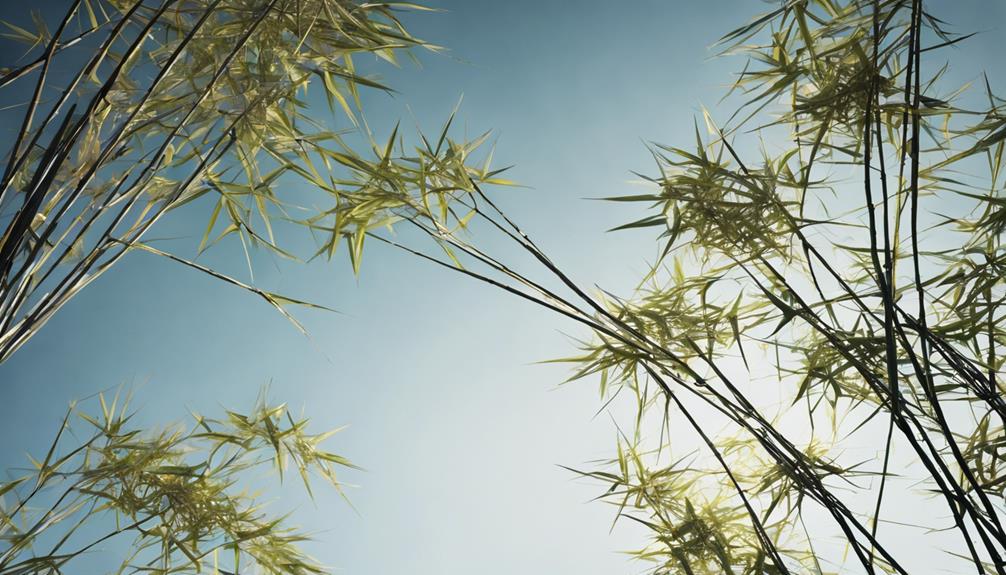Interestingly, while you’re exploring the best materials for your next kite-making project, it turns out that the top three lightweight bamboo types might already be on your radar.
You’ve probably heard about Moso, Tonkin, and Guadua bamboos, each renowned for attributes that make them ideal for crafting kite frames that are both sturdy and nimble.
What sets these bamboos apart is not just their lightweight nature but also their unique combination of durability and flexibility, crucial for any kite’s performance in the sky.
To uncover which bamboo might best suit your kite-building needs, let’s explore the specific qualities that make each type a contender for creating the perfect kite frame.
Contents
Pseudosasa Amabilis Insights
Pseudosasa Amabilis, commonly known as Tonkin bamboo, offers an optimal blend of lightness and flexibility, making it a premier choice for constructing kite frames. Its exceptional strength-to-weight ratio and resilience to bending underscore its value in traditional kite making.
The bamboo’s smooth surface simplifies shaping, while its durability ensures longevity against varying wind conditions. Tonkin bamboo’s lightweight nature and flexibility are pivotal for high-performance kite frames.
Phyllostachys Aurea Features

Turning our focus to Phyllostachys Aurea, commonly known as Golden Bamboo, we find a material that’s not only lightweight but also boasts considerable strength, making it highly suited for the demands of kite frame construction.
Its smooth surface simplifies the kite making process, offering ease in shaping. Furthermore, this bamboo’s flexibility permits intricate adjustments in kite design, ensuring a balance between lightness and durability in the final frame structure.
Guadua Angustifolia Benefits

While Phyllostachys Aurea offers notable benefits for kite frames, Guadua Angustifolia presents unique advantages that further elevate kite construction. This bamboo species is renowned for its exceptional strength and flexibility, crucial for durable, high-performance kite frames. Its lightweight nature doesn’t compromise structural integrity, offering optimal balance.
Guadua Angustifolia’s pest resistance ensures longevity, while sustainable sourcing underlines its environmental appeal. Its smooth surface aids in crafting intricate designs efficiently.
Conclusion
In conclusion, selecting the right bamboo type for your kite frame significantly impacts its performance. Pseudosasa Amabilis, while not highlighted here, offers qualities parallel to the top picks.
Phyllostachys Aurea, though not covered in detail, shares desirable traits for specific kite designs. Guadua Angustifolia remains a standout for its exceptional strength-to-weight ratio, ensuring your kite is both durable and agile.
Carefully weigh these options against your kite’s requirements to optimize its construction and functionality in varied wind conditions.






